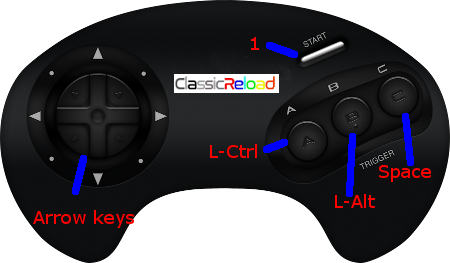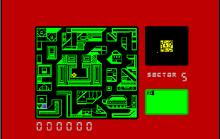Double Dragon II: The Revenge

How to play Double Dragon II: The Revenge
Each game uses different controls, most Amiga games use both mouse and keyboard.
Double Dragon II: The Revenge Description
Double Dragon II: The Revenge is the second game in Technos Japan's Double Dragon series of side-scrolling beat-em-ups. The original arcade version of the game was distributed in North America and Europe in 1988 and in Japan during the following year. The game was made specifically for the Western market, where the original Double Dragon enjoyed tremendous success.
Technos Japan developed a home version of the game for the Famicom/NES in 1989, which was drastically different from the arcade version. Other home versions were released for the Mega Drive and PC Engine.
Double Dragon II drops the rescue premise of the original game in favor of a revenge theme (hence the subtitle). Whereas in the original game, Marian was merely kidnapped, in the sequel she is shot to death by Black Warriors' leader Willy right in the very beginning of the game. Giving the game a much darker tone than the original.
The arcade version of Double Dragon II was essentially a reworked version of the original Double Dragon, using the same engine and recycling most of the game's graphics. The main change in the game was the replacement of the original game's punch and kick buttons in favor of a two-way attacking system (Left Attack and Right Attack) similar to Renegade. Pressing the attack button of the direction the player is facing will perform the standard left/right punch combo, whereas pressing the opposite attack button will make the character perform a rear kick. Most of the techniques from the previous game are carried over, with the exception of the headbutt. Double Dragon II also marked the debut of the Whirlwind Kick, which would become the series' trademark special technique.
Virtually all of the characters from the first game were brought back for the sequel. Most of them were given facelifts in order to represent the passing of time between the original game and the sequel, while a few kept their original appearance. The changes are more than superficial though, with some of the enemies being given new techniques to go along with their new looks. Each stage also features a new enemy who serves as the stage boss.
The overall stage layout of the arcade version is almost exactly identical to the first game, comprised of four missions including the enemy's base at the end of the game. Mainly the scenery was changed, although new traps were added as well.

Double Dragon II: The Revenge - additional information
















